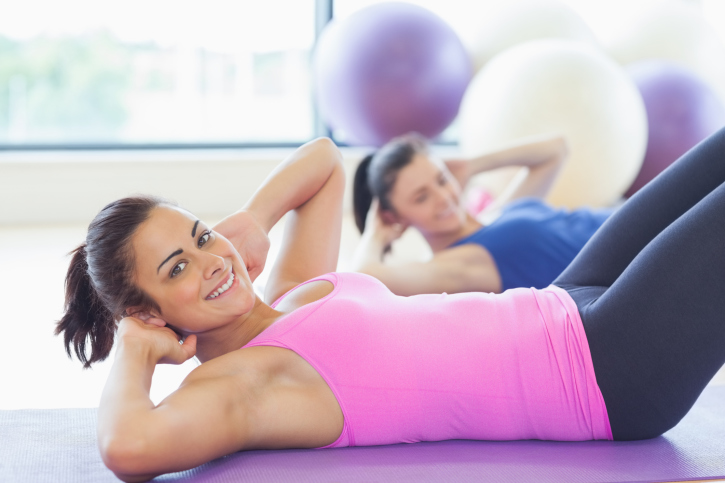You may recall the days of gym class with seemingly endless stretching prior to actually starting class. If this was the last time you stretched, you may want to consider incorporating stretches into your routine. Stretching is part of a well-rounded exercise regimen. In fact, the American College of Sports Medicine and the American Council on Exercise recommends that adults perform stretching exercises as part of their regular exercise, at least two or three days per week.
Why is stretching important?
Stretching increases your flexibility. Increased flexibility means:
- Improved joint range of motion
- Improved athletic performance
When should I stretch?
- Prior to doing any exercise, including stretching, it is important to warm up. Perform low-intensity exercise (light walking, jogging, biking) for 5-10 minutes before. A hot bath is also an option for warming up muscles!
- If you want to stretch before exercise it’s recommended to stretch warm
- Stretch muscles you intend to use during your activity, focusing on major muscle groups (thighs, calves, hips, back, shoulders, neck).
- Perform your workout followed by another session of stretching.
How long and how often should I stretch?
- Hold (don’t bounce) each stretch for 10 to 30 seconds at a time.
- Perform each stretch 2-6 times per session, accumulating no more than 60 seconds TOTAL per stretch. Holding a stretch beyond 60 seconds at a time is NOT recommended. Studies show static stretching (holding a position of movement for a length of time) beyond 60 seconds may actually compromise muscle performance.
- Hold each stretch until you feel slight tension, not pain.
- For overall improved flexibility, stretch at least 2-3 days a week.
What are some standard stretches I can do?
Hamstring: Sit on the ground with legs together straight in front of you; lean forward with a straight back to feel light tension in the back of your thighs.
Hip Flexors/Quadriceps: Stand on one foot while bringing the other foot to the buttocks. Pull back gently, while keeping your knee pointed at the ground and your hip straight to feel light tension on top of the thigh. If needed, hold onto a counter or chair to maintain balance.
Calves: Stand with feet together; step forward with one leg (rest hands on knee or a wall), leaving the back leg and heel flat on ground with light tension in the calf.
Shoulders: While standing with relaxed shoulders, pull one arm horizontal across your chest while holding the upper arm with light tension in the shoulder and upper arm.
Neck: Stand or sit tall, slowly turn head to look over your shoulders with light tension on the side of your neck.
For Health Advocate Members
If you are a Health Advocate member with access to our Wellness Coaching program, call your coach for more information about stretching and fitness.




[…] up – It may sound silly since you’re headed out into the cold, but warm up and stretch inside before shoveling to get your muscles ready for activity and reduce soreness later […]